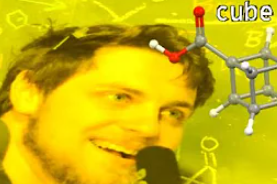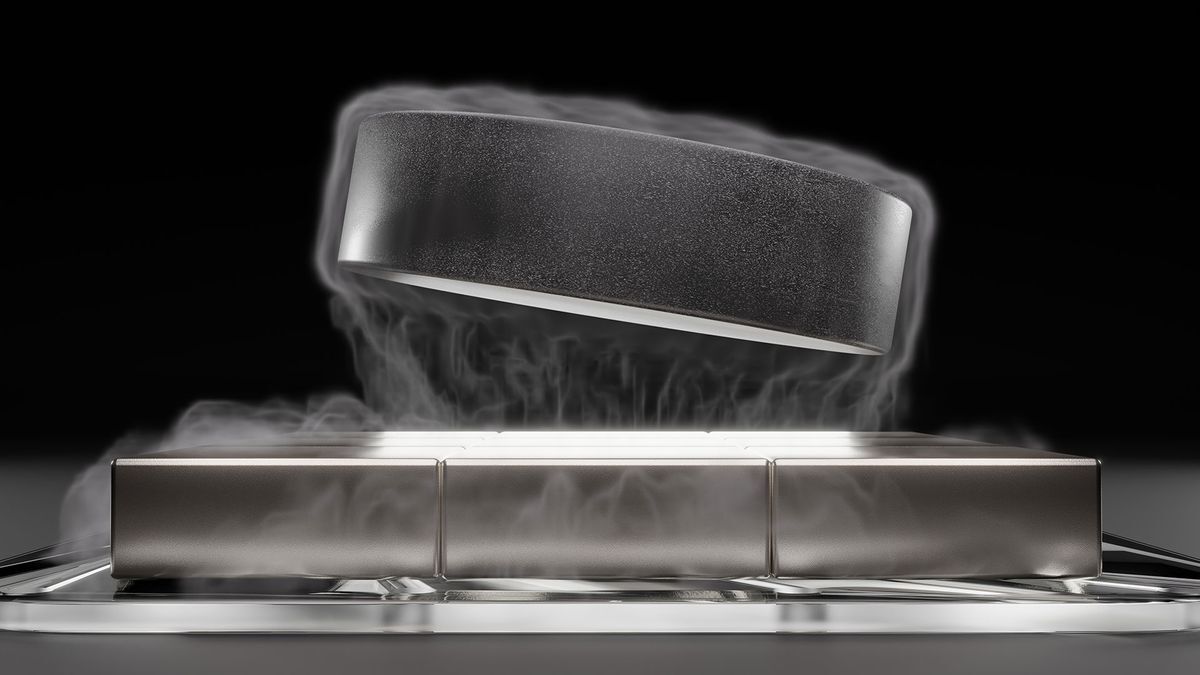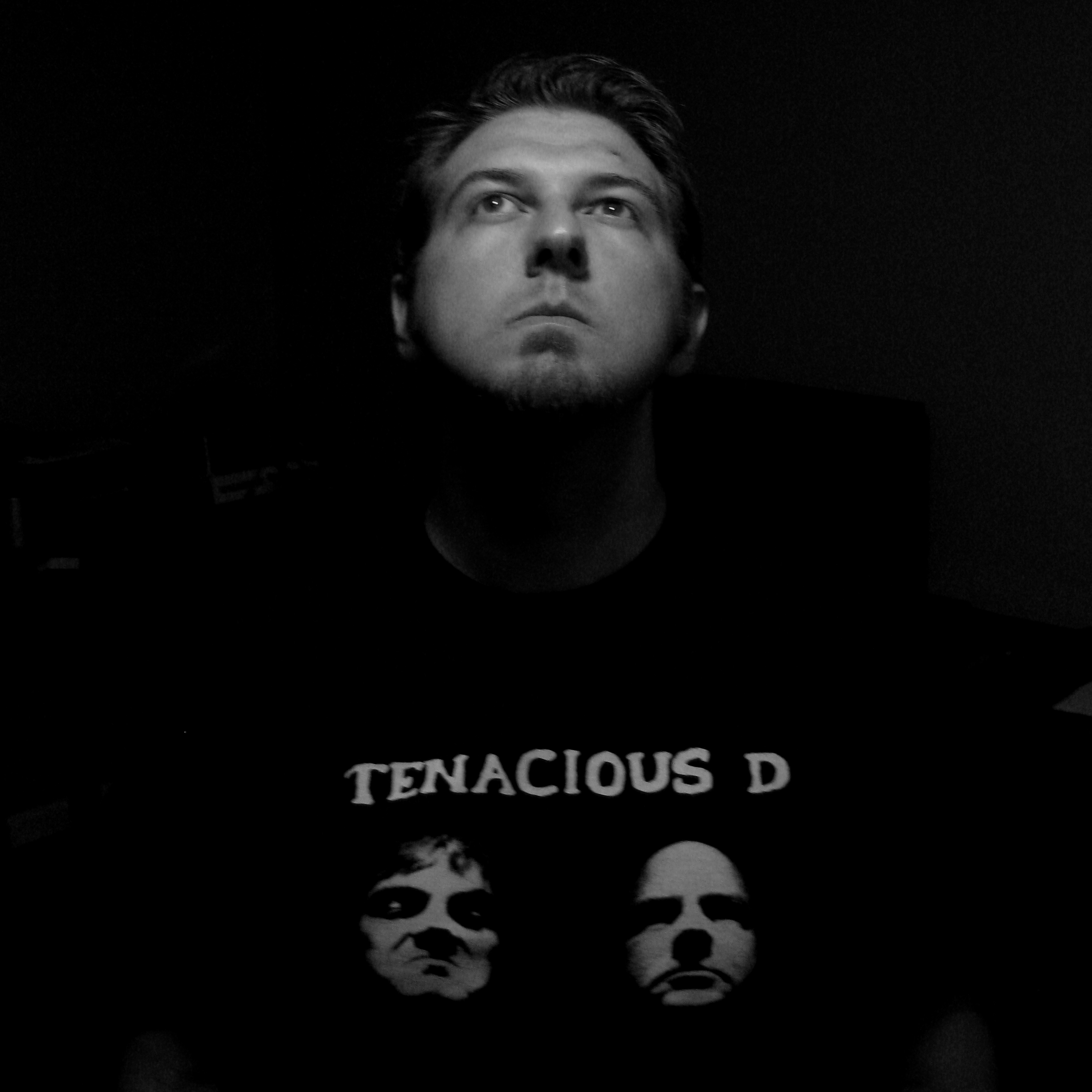Superconductor Breakthrough Replicated, Twice, in Preliminary Testing::It’s been a rough few days in the condensed matter physics realm following claims of the world’s first room-temperature superconductor being achieved. However, work to verify and replicate the results
wait, really? other people have confirmed this might be real? I’m not sure i’m ready for that… i don’t dare hope, you know?
but also, if another unrelated team has demonstrated room-temp Meissner effect, that means this might be true, right?
From reading through the article and it’s sources, here’s what seems to be the case:
-
a simulation at Berkely National Labs with their supercomputing capabilities has verified that LK-99 theoretically has superconducting properties
-
Argonne National Labs also seems to be involved and doing stuff, but nothing official from them yet, besides maybe helping with simulation stuff
-
a Russian scientist is working on improving the synthesis process and has made some low purity samples that produce the Messnier effect, but higher purity than the original I think. It’s all from Twitter (x) threads and a little hard to follow. Her handle is @iris_IGB
-
China National Lab (Shenyang) first principles analysis suggest gold and silver doping LK-99 will make superconductors as well. [Directly copied from article]
-
Under the guidance of Professor Chang Haixin, postdoctoral Wu Hao and doctoral student Yang Li of the School of Materials Science and Technology of Huazhong University of Science and Technology they have successfully verified and synthesized the LK-99 crystal. It can be magnetically levitated for the first time and this is shown on a bilibili video. They expect to realize the true sense of non-contact superconducting magnetic levitation. [Also Directly copied from article]
Direct source for last 2 points and also more info in general
https://www.nextbigfuture.com/2023/07/tracking-lk-99-superconductor-replication-efforts.html
I would say with 95 percent confidence that: it’s real bois!
A few caveats however: according to the simulation, the conductive pathways only forms when the copper bonds to a specific higher-energy spot in the crystal, so getting higher purities will likely need a fair amount of innovation on the production process. There are some other complications with the synthesis, so even if it is fully and properly confirmed with more papers and such it will still likely be a while before it can start to be used effectively.
thank you!
this almost seems like it could be something 😬
No, not really. You can tell by his “95% confidence” quip where he tries to make his opinion sound scientific.
I hope this works, but there’s more reason to be skeptical than positive. There have been an awful lot of replication failures.
Wait until it’s reproduced somewhere outside of a simulation or China. People are working on it, because if one in a hundred of these seemingly bogus claims turns out to be true, the 99 wasted efforts will still have been worth it.
deleted by creator
Yep, imo it seems like this is just the first step of room temperature superconductors, there is LOTS of room for improvement, even if LK-99 itself isn’t useful for anything real-world I think it at the very least is a jumping-off point for innovation on the concept, and finding more compounds that have similar properties
Thanks for this analysis!
-
deleted by creator
A university today has successfully replicated and proven 0 resistance. Still a ways to go before a viable commercially available version is developed.
Below 110K. That’s still at least 160K away from room temperature.
Thanks for the link. It’s worth noting that they achieved that at temperatures below 110 Kelvin, and the big breakthrough would be doing the same at room temperature and pressure.
There was an article yesterday of a team not being able to replicate it, so now I’m confused.
According to the simulation apparently it only works if the copper atoms end up in an unlikely place in the crystal, so fabrication might be unreliable. I recall someone in another thread saying the authors themselves had around a 10% success rate. So other efforts to replicate are likely to see more failures until the fabrication is better understood. Makes sense I guess.
The fact that another team saw something I think is really hopeful, even if it’s hard to produce and poorly understood, if there is a room-temp effect then it’s only a matter of time before it’s studied properly and understood. From there hopefully a reliable method of fabrication can be published.
If there is no effect replicated anywhere then the paper is fraud, but if there’s any effect replicated then it’s just a matter of study and engineering to figure out what it is. It would be interesting even if it isn’t exactly room temp superconductivity.
I understood these were just simulations, no real material produced whatsoever.
Berkley one is simulation, one is a chinese lab that seems to have replicated some of the actual material and confirmed some properties of superconductivity.
someone is tracking a lot of different efforts here: https://www.nextbigfuture.com/2023/07/tracking-lk-99-superconductor-replication-efforts.html

It’s not yellow. I can’t wait for E&F to try this
That’s how replication works. It really only takes handful of labs being able to replicate to confirm there is a ‘there’ there. Positive evidence of replication is much stronger than negative evidence.
I am not a scientist but I have really been trying to understand this breakthrough. My understanding is not that room temperature ambient pressure semiconductors have been created. It is that several simulations back up parts of the discovery that would lead to said semiconductors, in some reviews are showing that some of the crystalline structures do successfully resemble what would be needed for superconductivity in super preliminary experiments on a tiny scale. We aren’t going to have magic superconducting wire yet, this is still very much in the theoretical material science phase. Ultimately, specifics around the way the doping has to work are pretty unproven. At this point it looks like things like electron photon interaction is happening as it would need to happen on a scale relevant to similar crystalline structures. LK99 isn’t yet in physical testing in any other labs yet, and any labs that would publish results already wouldn’t be worth listening to because there hasn’t been enough time for peer review.
No. At least once lab has actually synthesized the material and verified its superconductivity. It is not just simulations.
A lab in China synthesized a flake of material that behaves the way a superconductor might under a strong magnet, and a separate lab in China made a flake which showed high resistivity. Neither of those qualify for full validation and point to the fact that synthesis has a lot of unknowns that will require more precise doping methods than we have today. This is likely the start of a research path into doped crystals, a path on which a future discovery WILL lead to better conductors that are easy to make.
Dave Jones of the EEVBLOG recently did an informative and unfortunate video covering this. https://youtu.be/QHPFphlzwdQ
Here is an alternative Piped link(s): https://piped.video/QHPFphlzwdQ
Piped is a privacy-respecting open-source alternative frontend to YouTube.
I’m open-source, check me out at GitHub.
I’ve been following him for years and this video had me very disappointed in him. Very arrogant and condescending of him. I know he did similar videos on solar roadways, but 1. he is knowledgeable on that subject, and 2. the people behind that were clearly scammers wanting funding. Here, this is just an unpunished paper with nothing to gain if it turns out it doesn’t work, yet he still treated them as garbage. God, I wish this turns out genuine if only to make HIM look like a dumbass (not to mention this would be huge).
Yeah in personally confident that it is either real or will directly lead to a room temp superconductor discover, particularly because of the simulation. Of course, can’t fully call it until there is hard evidence and corroborating papers have been published, but I am still extremely optimistic.
Some of this stuff seems real, but in the one twitter thread embedded in this article, the person says, “Remember, this is fiction.”

Who?
deleted by creator
We’re still in the period of hype where naysayers are put on the shelf in order to push the narrative. Remember solar panel roads?
My money says they have a thin layer of magnet coating a material creating the illusion of the messneir effect. A parlor trick with a very long crafting time. People want it to be true, and there will be conspiracy circles about the government locking down the research.
I hope I’m wrong. But I’m not driving on any solar roads.
Those two things aren’t remotely comparable. Solar roadways are technically totally possible without any new inventions, they are just a fundamentally stupid idea.
The whole point of replication by other groups is to rule out parlor tricks. If it can be replicated by independent labs and even works in simulations, it’s real. That’s why this is a preliminary paper at the moment.
How much stock do you place in the simulations suggesting superconducting properties likely adhere?
I may be misunderstanding the recap so please feel free to correct.






